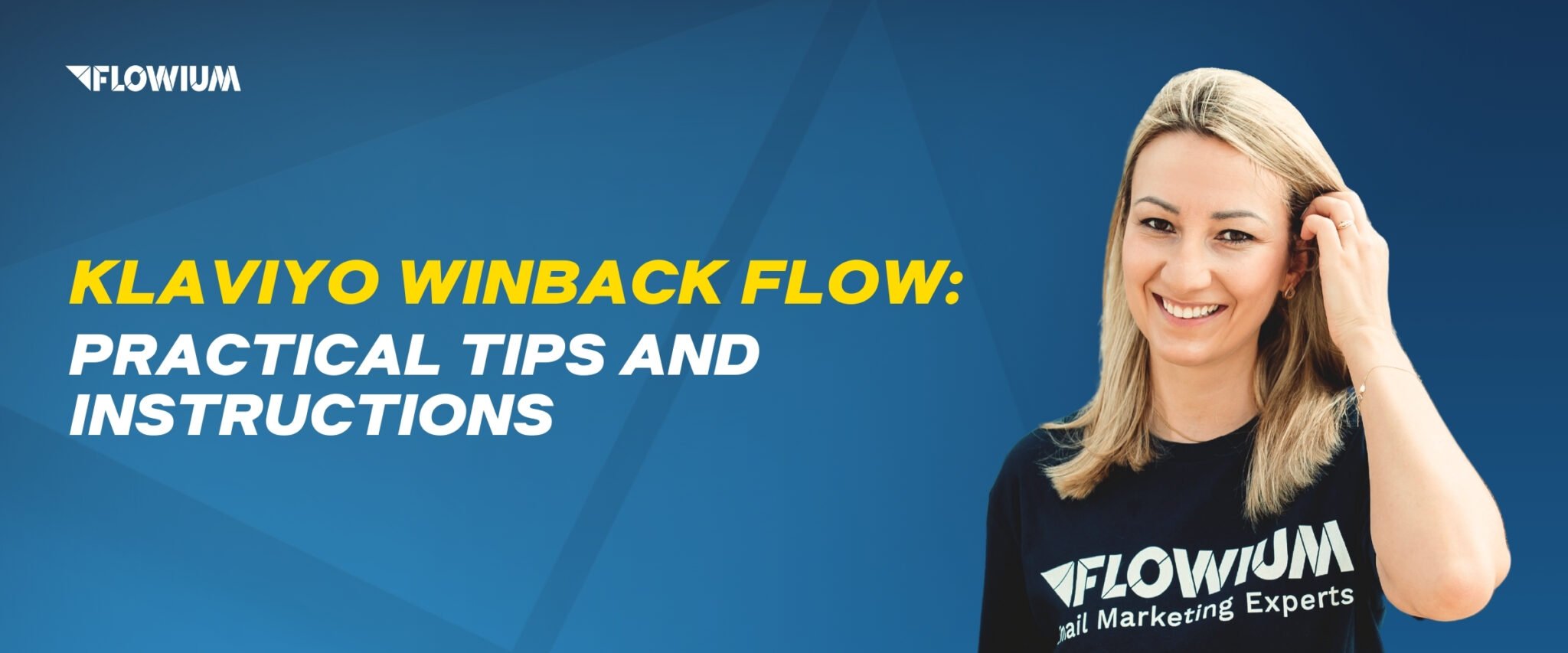Email marketing is a powerful tool for growing your eCommerce business. In fact, if you’re not using it, you’re giving away an extremely valuable piece of your marketing arsenal. That’s because email marketing is one of the most effective tools to increase sales and customer retention in eCommerce.
Introducing automated email flows to your marketing strategy is an excellent way to build relationships with your customers and increase sales without much effort on your part.
Automated email flows can be one of your most trusted allies when it comes to keeping your eCommerce business running smoothly.
In this guide, we will walk you through different aspects of building automated email flows.
How to Set Up Automated Email Flows: Technical Aspect
An automated email flow is a series of emails you send to your email list. You can design automated email campaigns to serve different purposes, such as:
- Welcoming your subscribers
- Promoting your products
- Recovering abandoned cart sales.
So, in essence, an automated email flow is an email sequence that gets triggered based on a specific action taken by your subscribers.
For example, when a customer signs up for your newsletter, they will be automatically sent a sequence of welcome emails.
Setting up an automated email flow can be challenging, especially when you’re just starting out with email marketing. Here are the main pieces that go into building automated email flows.
Landing Page
In order to set up an automated email flow, you need a landing page.
Landing pages are single web pages that exist for the sole purpose of collecting contact information — usually your customer’s first name and email address.
The best landing pages have a strong headline and offer a valuable incentive — usually called a lead magnet — such as an ebook or a webinar, to entice the visitors to subscribe to the email list via the opt-in form.

Opt-in Form
An opt-in form is where visitors interested in what you’re selling can join your list. This is where customers provide their name and email address to receive more information about your products.
You can place an opt-in form on your landing page, your blog, or as a pop-up that gets triggered if the customer tries to leave your website.
Email List
If you want to send any emails to your customers, from simple newsletters and blog updates all the way through to carefully crafted automated email flows, you’ll need an email list.
An email list is an organized group of people who have signed up to receive emails from you. The people who sign up to your email list are already interested in what you’re selling, which is why email lists have huge conversion potential.
Email Automation Software
If you want to send emails to your email list and set up automated email flows, you need email automation software, such as Klaviyo. When used correctly, email automation software can help you save time and drive sales, even when you’re not there.
An email automation software connects to your website to capture leads and lets you design, send, and monitor your email campaigns.
How to Set Up Automated Email Flows: Strategic Aspect
Setting up effective automated email flows requires a good strategy. Here are a few things to consider when building an automated email sequence for your business.
Decide on Your Goal
The first step to setting up an automated email flow is developing an overall email strategy. Before setting up your flow, think about what you want your emails to accomplish.
Are you trying to build relationships with new subscribers? Are you trying to sell something? Answering these questions will help you figure out how to design your flow.
Identify Your Customer Personas
To build a successful email flow, start by identifying the personas for your different end-users and the types of information that would be most relevant for them.
Once you’ve identified your personas, break down the customer journey into a series of simple events. These are the steps a customer takes on their path from one goal to another. Each step in the journey could be an opportunity to send an email.
Segment Your List
List segmentation is the process of dividing your email list into groups. One of the most effective strategies is to segment your list based on different stages of customer journey.
For example, you want to have your new subscribers segmented into one group and your repeat customers into a different group.
That way, you won’t end up sending a welcome email sequence to your repeat customers – it would be completely pointless, let alone unprofessional.

Create Your Emails
The last step to creating an effective automated email flow is to create the emails. Your emails should be short and sweet and as personalized as possible.
Long, drawn-out emails will only make the customer lose interest and even cause them to unsubscribe.
How to Monitor Your Automated Email Flows
Automated email flows can be a powerful way to nurture leads and encourage them to become customers. But you’ll want to monitor their performance and adjust your flows over time to ensure that they’re effective.
There are many metrics to keep track of to monitor the performance of your automation email campaigns. Here are the most important ones to pay attention to:
- Open Rate: The open rate tells you how many subscribers opened an email. It’s a good indicator of the effectiveness of your subject line and preheader text.
- Click-Through Rate (CTR): The CTR shows how many subscribers clicked on a link or button in your email. This metric measures how compelling your call-to-action is and if you’re driving traffic to the right place on your website.
- Conversion Rate: This is the percentage of people who click on a link in your email and then perform a specific action (for example, purchase something from your site).
- Unsubscribe Rate: The unsubscribe rate tells you how many people decided to stop receiving emails from you after receiving a specific campaign.
- Revenue per Email: This is the revenue you generate for every email sent. You can calculate it by dividing the total revenue from your campaign by the total number of emails sent.
- Bounce Rate: The bounce rate is the percentage of your emails that were not successfully delivered to the recipient’s inbox, usually because the recipient’s email address is invalid or there was some sort of delivery error.
Create Successful Automated Email Flows
Automating your email flows will save you hours in your day-to-day operations.
Automated email flows can help you increase sales and establish better relationships with your customers, which can positively impact your business’s bottom line.
We hope that thanks to this guide, you’ll be able to set up successful automated email flows for many aspects of your eCommerce business.







